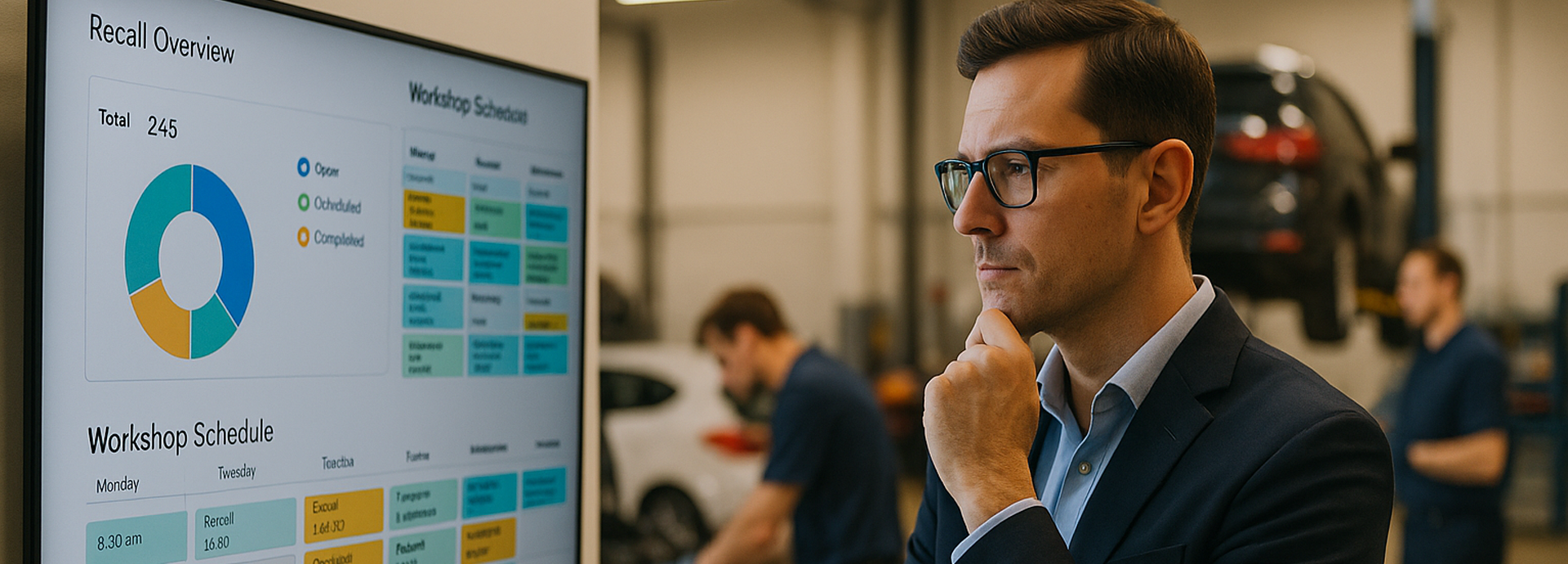Why customers leave dealerships for independent repair shops
Your dealership’s service department should be a key driver of customer loyalty and long-term revenue. Yet too often, avoidable missteps push customers toward independent repair shops. Addressing these issues with smarter processes and technology can turn service into a powerful retention engine.
Mistake #1: Reactive communication and operational bottlenecks
When customers drop off their vehicle, they expect regular updates… not silence. Delays, lack of clarity, or having to chase for information makes them feel undervalued.
If your customer has to call for an update, you’re already behind.
Modern dealerships are fixing this by automating real-time updates during the repair process. Customers receive proactive messages: via SMS, email, or WhatsApp. Keeping them informed without having to ask. Combined with digital scheduling and smooth check-in procedures, this builds trust and saves time for both staff and drivers.
Mistake #2: Lack of personalized service and customer recognition
When previous service history is ignored and messages feel generic, even loyal customers may drift. They want to feel recognized, not forgotten.
Customers don’t come back if they feel like a stranger at every visit.
The solution is data-driven personalization. By unifying CRM and DMS data, dealerships can tailor reminders, offers, and campaigns to each customer’s profile, vehicle, and lifecycle stage. Some even anticipate buying intent before the customer reaches out, creating opportunities for retention that competitors never see.
Mistake #3: Mistrust in upselling and missed timing
Customers don’t object to service offers—they object to offers that feel irrelevant or self-serving. Poorly timed upsells erode trust and drive people to lower-cost alternatives.
Upselling without context feels like pressure, not service.
Instead, top-performing teams use behavioral and vehicle data to know exactly when a customer might be ready to upgrade or act on a service need. Offers are customized to their history and usage; whether it’s a trade-in proposal, targeted service package, or warranty extension. Relevance and timing are what transform selling into service.
Final thoughts
Delivering great service isn’t enough anymore. Dealerships must deliver timely, personalized, and context-aware experiences that feel seamless.
Loyalty isn’t earned at the counter—it’s built with every message, every reminder, every moment of trust.
By embracing intelligent automation and using data to guide every interaction, they can build loyalty, improve efficiency, and protect their customers from drifting elsewhere.


